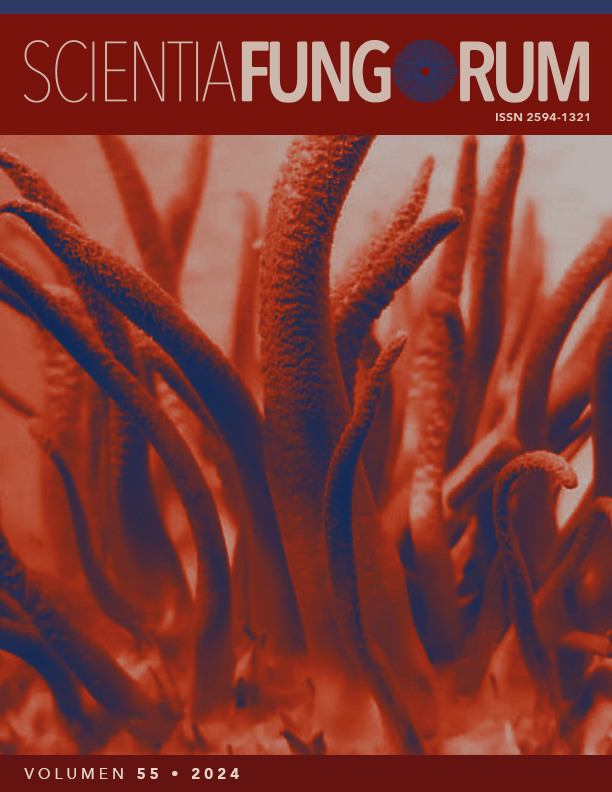Agricultural Fungal-based insecticides in Mexico
Abstract
Background: The control of arthropod pests is frequently carried out with chemical insecticides despite the impact on human health, the harm to non-target insects, and environmental persistence. Biological control using Agricultural Fungi-based Insecticides (AFI) has emerged as a low-environmental and low-human health impact alternative.
Methods: A search of AFI whose active ingredients are some species of Entomopathogenic Fungi (EF) was carried out in directories of laboratories that produce and market biological control agents and websites of Mexican companies marketing bioinsecticides.
Results and Conclusions: This review found seven EF species used as active ingredients in 76 products. Beauveria bassiana and Metarhizium anisopliae were the most used species formulated in wettable powder (WP). Those containing B. bassiana are used to control specific arthropod orders, while those containing M. anisopliae are used to control a wider host spectrum. The availability of AFI provides an alternative to the indiscriminate use of chemical insecticides. This data shows the interest and demand of AFI for Mexican agriculture and the relevance of their surveillance, regulation, and distribution in agricultural fields.
Downloads
Published
How to Cite
Issue
Section
License
Copyright notice
Open access policy
The authors who publish in this journal accept the following conditions:
In accordance with copyright laws, Scientia Fungorum recognizes and respects the authors’ moral rights, as well as the ownership of property rights, which will be transferred to the journal for dissemination in open access. Scientia Fungorum does not charge for submission and processing of articles for publication.
All the texts published by Scientia Fungorum –with no exception– are distributed under a Creative Commons License Attribution-NonCommercial-ShareAlike 4.0 International (CC BY-NC-SA 4.0), which allows third parties to use the publication as long as the work’s authorship and its first publication in this journal are mentioned.
The authors can enter into independent and additional contractual agreements for the nonexclusive distribution of the version of the article published in Scientia Fungorum (for example include it into an institutional repository or publish it in a book) as long as it is clearly and explicitly indicated that the work was published for the first time in Scientia Fungorum.
For all the above, the authors shall send the form of Letter-transfer of Property Rights for the first publication duly filled in and signed by the author(s). This form must be sent as a complementary file.
This work is licensed under a Creative Commons Attribution-NonCommercial-ShareAlike 4.0 International license (CC-By-NC-SA 4.0).



